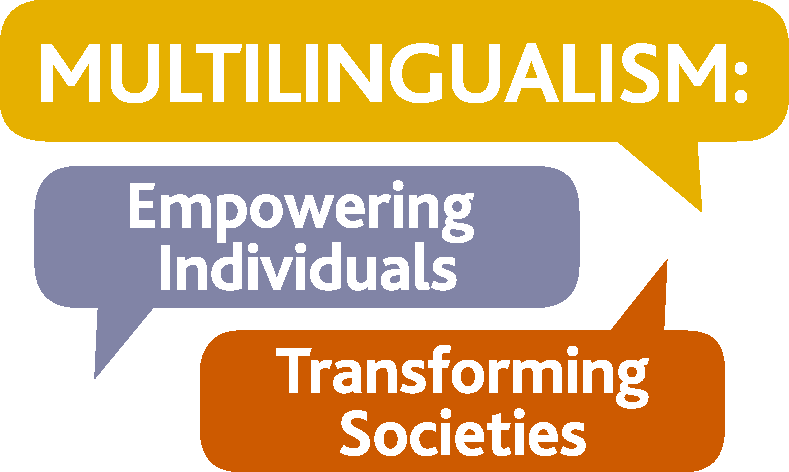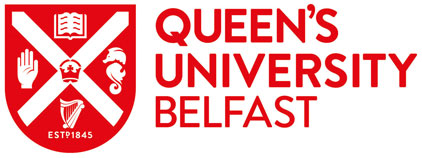I would imagine for a lot of us, the answer is probably yes. And this opens up some interesting questions. Firstly, if we can use emojis to communicate with others, and if they, in return, are capable of understanding our meaning, does that make the use of emojis a language in its own right? And 2. if this is the case, are our seemingly banal and everyday messages (Hi can you please get some more for
?) in fact excitingly
multilingual
?
Well, the response to the latter question really depends on your attitude towards the former. And this is a little bit of a contentious issue. The Oxford English Dictionary named (officially known as “face with tears of joy”) as its word of the year in 2015, choosing this in preference to other neologisms such as the noun “lumbersexual” (definition: a young urban man who cultivates an appearance and style of dress (typified by a beard and check shirt) suggestive of a rugged outdoor lifestyle; example usage: “I love his man-bun and beard, he is such a lumbersexual”; and the adjective “on fleek” (definition: extremely good, attractive, or stylish; example usage: “Wow your hair is on fleek today” ).
The OED stated the reasons for selecting as their 2015 word of the year was due to, firstly, the unprecedented increase in the use of emojis in the 2000’s, with the “face with tears of joy” emoticon being used the most frequently used globally.
also accounted for a whopping 20% of all emojis used in the United Kingdom in that year. However, despite awarding this accolade to “face with tears of joy”, the OED is reluctant to state that they consider the use of emojis to be a language in its own right. They suggest that, in metaphorical terms, we could perhaps think about this type of communicative system as a language, in the same way one might think about “body language” or “the language of dance”.[1] However, as it may be difficult to communicate solely in emojis (at some point or other, you will probably need to resort to English or another language to ensure that meaning is conveyed correctly to the recipient), the OED linguists are reluctant to conclude that the use of emojis represent a complete language system in itself.
So the jury remains out on this question . But I think it’s nonetheless interesting to reflect on what emojis contribute to our conversations. If they’re not a linguistic system in their own right, then what exactly are they doing when we combine them with the use of other, “proper” languages?
Certainly, it’s clear that emojis do something when we use them to communicate. They can, for example, function in a pragmatic way, providing paralinguistic cues important to meaning in a scenario where this would otherwise be impossible. It’s quite staggering that it’s estimated that 70% of our comprehension of the emotional meaning of a phrase does not come from what is said, but from what is done by the speaker.[2] Facial expressions, gestures and gaze all convey meaning in everyday interactions, body language that is notably absent from conversations on social media. Emojis can render these physical nuances evident in an online world. The phrase “I lost my wallet again ” vs “I lost my wallet again
” clearly entail two very different meanings, not only indicating more precisely the emotional state of the speaker than the phrase alone communicates, but also providing some cues to the receiver as to how they might be expected to respond.
So too, in a world of increasingly online communication, they can serve to replace text and afford the user brevity where otherwise typing a message would be time-consuming. An identical response to “Let’s meet at the front entrance at 10.30?” can be indicated by both “Sure, that sounds great, see you then” and “”. While this is perhaps less a concern in oral conversation, time is certainly much more of the essence online. In the succinct words of Caspar Grathwohl, president of Oxford Dictionaries, “traditional alphabet scripts have been struggling to meet the rapid-fire, visually focused demands of 21st Century communication.” It’s therefore not unexpected that “a pictographic script like emoji has stepped in to fill those gaps”.[3] And it’s interesting how the use of emojis can mirror linguistic trends in this way. An often-cited argument for the use of certain anglicisms in French, for example, is that they are simply shorter and faster to use in certain situations, leading to terms like “la Grande Explosion de l’Univers” being substituted by “the Big Bang”, and “design” being used in lieu of “ l’esthétique industrielle”.
Equally relevant to a conversation about virtual communication today, emojis permit us to colour our conversations in what might otherwise be a very black and white internet world. They allow us additional opportunities to illustrate our conveyances of meaning in a way unique to online communication, and to assert elements of our identity in so doing, whether this is racial, sexual or national. They also permit us to transcend otherwise unsurmountable linguistic boundaries. In 2015, for example, Finland became the first country to create its own nationally-themed emojis (https://finland.fi/emoji/) for users in order to explain “some hard-to-describe Finnish emotions, Finnish words and customs” to a broader audience. And, ultimately, they make our online conversations that little bit more fun, and at a time when the negative effects of social media are often the focus of the press and elsewhere, it’s important to also think about what positive elements can come from this new(ish) means of communication. It may be the capacity to communicate very quickly with colleagues, to ensure meaning is made clear where a language is not shared, or simply just to enjoy the wide range of fruits and vegetables available in picture form.
In the strictest linguistic terms, it’s hard to argue that emojis are a language in their own right. But certainly, in terms of the use of our “proper” languages online, they certainly do a lot to aid and ease communication, and they contribute quite considerably to our expressions of meaning. So while getting a qualification in emoji might still be a long way off, it’s certainly interesting to think about how our language use is going to continue to evolve as more and more of our world becomes virtual. “Face with tears of joy” might be just the beginning. Emojish anyone?
[1] https://en.oxforddictionaries.com/explore/emoji-language/ [accessed 04/05/2019]
[2] Müller, C., Cienki, A., Fricke, E., Ladewig, S.H., McNeill, D. & Bressem, J. (Eds.) Body-Language-Communication. An International Handbook on Multimodality in Human Interaction. Volume II. (De Gruyter: Boston, 2014)
[3] https://www.oxforddictionaries.com/press/news/2016/9/2/WOTY [accessed 10/05/2019]
Note: comments are moderated before publication. The views expressed in the comments are those of our users and do not necessarily reflect the views of the MEITS Project or its associated partners.







